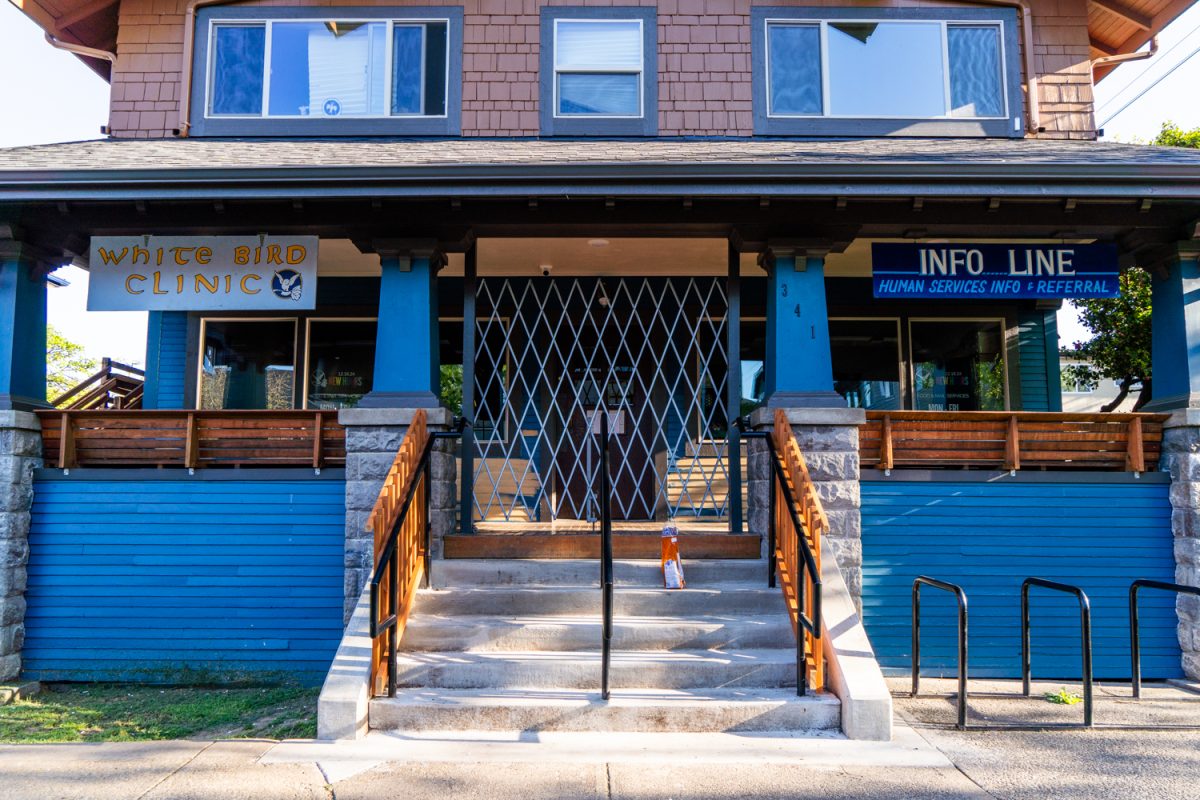The following is the opinion of the Emerald’s editorial board and not Emerald Media Group as a whole. The Emerald Editorial Board exists to provide the newsroom a voice on prominent campus issues. It operates separately from the objective work of our reporters, giving our organization a platform to create and continue a dialogue on campus.
The board’s members include Sararosa Davies, senior arts reporter; Meerah Powell, digital managing editor; Will Campbell, associate news editor; Kylee O’Connor, sports reporter; Mark Kellman, engagement editor; Cooper Green, editor in chief; Patience Greene, opinion columnist; Billy Manggala, opinion columnist; Alec Cowan, opinion editor.
Starting fall 2017, all incoming freshmen will be required to live on campus in University of Oregon residence halls barring a short list of specific exemptions. Admin said the decision was tied to data that showed students who live on campus are 80 percent more likely to graduate within six years. Despite this, many are angry with the new policy because it appears to be a money-driven move and it strips away the freedom for a student to choose where they live.
Although UO’s stated intentions for on-campus living were inherently good and backed by statistics, administration failed to come up with an approach that incentivized living in the dorms and instead made it a requirement without much public discourse from the student body.
In enforcing the live-on requirement, UO administration should accommodate a broader set of exemptions allowing students to live off-campus their first year. What UO administration failed to recognize is that a large handful of students legitimately cannot live in the residence halls for reasons more than those they are currently set to allow.
Students can’t afford the cost:
For an in-state student, over half of costs will come from housing and living. Standard room rates with a standard meal plan cost approximately $11,950 for nine months, not including winter break. This actually costs more than in-state tuition and fees, which is $11,931.
Off-campus housing options can be expensive as well. The luxury suites of The Hub can run a person over $1000 a month, but for those looking, Eugene offers a plethora of $200-300 rooms in 100-year-old houses.
The freedom of choice allows a thrifty student to save a few thousand dollars a year, even including food. Although UO Housing is working on offering cheaper room rates — prices actually decreased slightly for 2017-18 — the cost of living in a dorm could make or break whether some students decide to attend the school.
Pathway Oregon scholarship students receive the Pell Grant, tuition paid by the federal government for financially burdened students, which has a maximum of $5,920 next year, for their tuition and fees, but do not receive aid for housing and living. Most Pathway recipients receive financial aid or outside help for the cost, but having to borrow $12,000 when cheaper options are available is unfair to financially struggling students.
UO should offer the choice for a student to evaluate their own financial situation, and if it appears that the live-on requirement will impact them negatively, UO should accommodate.
Students with mental health issues or social concerns:
UO claims that the live-on requirement will be beneficial for students coming to Eugene for the first time, as they build a sense of community and gain access to student resources. The goal is to immerse students into a college lifestyle so they have a more successful first year and an easier time adapting.
But the dorm environment is not for everybody. In an average UO dorm hall, a student will share a dorm floor with a few dozen tenants, including their roommate who will, in most halls, be sleeping no further than several feet away.
The hall can get rowdy, which may negatively impact study habits. Tenants will blast music, and many will have to share a bathroom and be exposed to much more concentrated and frequent partying than in a one- or two-bedroom apartment.
For some, this is the college dream — for others, who have mental health issues, social anxiety or any other social concern, this is an absolute nightmare.
Some people need a quiet space, some like to be alone and some can’t handle the pressure of living with that many strangers for an entire year. These people should not have to live in a dorm if they don’t want to. UO shouldn’t be forcing students to break out of their comfort zone — that’s not the university’s decision to make.
UO could accommodate for these people through exemption via a doctor’s note that cites mental health or social anxiety concerns.
Bottom line, students shouldn’t have to live on campus if they don’t want to.
If one of the primary goals of a university is to prepare students for the real world, being forced to live in one room with a peer in buildings with hotel-style cramping isn’t realistic. For motivated students who don’t see this lifestyle as a fit, UO should offer the opportunity to get out of it.
If the university wanted to encourage students to live in the dorms, it could have handled it in a more open way that included perspectives of student leaders and academia. Instead, students are left with what appears to be a revenue-driven decision poorly disguised as a community-building experience.
Emerald Editorial Board: Live-on requirement doesn’t consider the students it affects
Editorial Board
April 30, 2017
0
More to Discover














